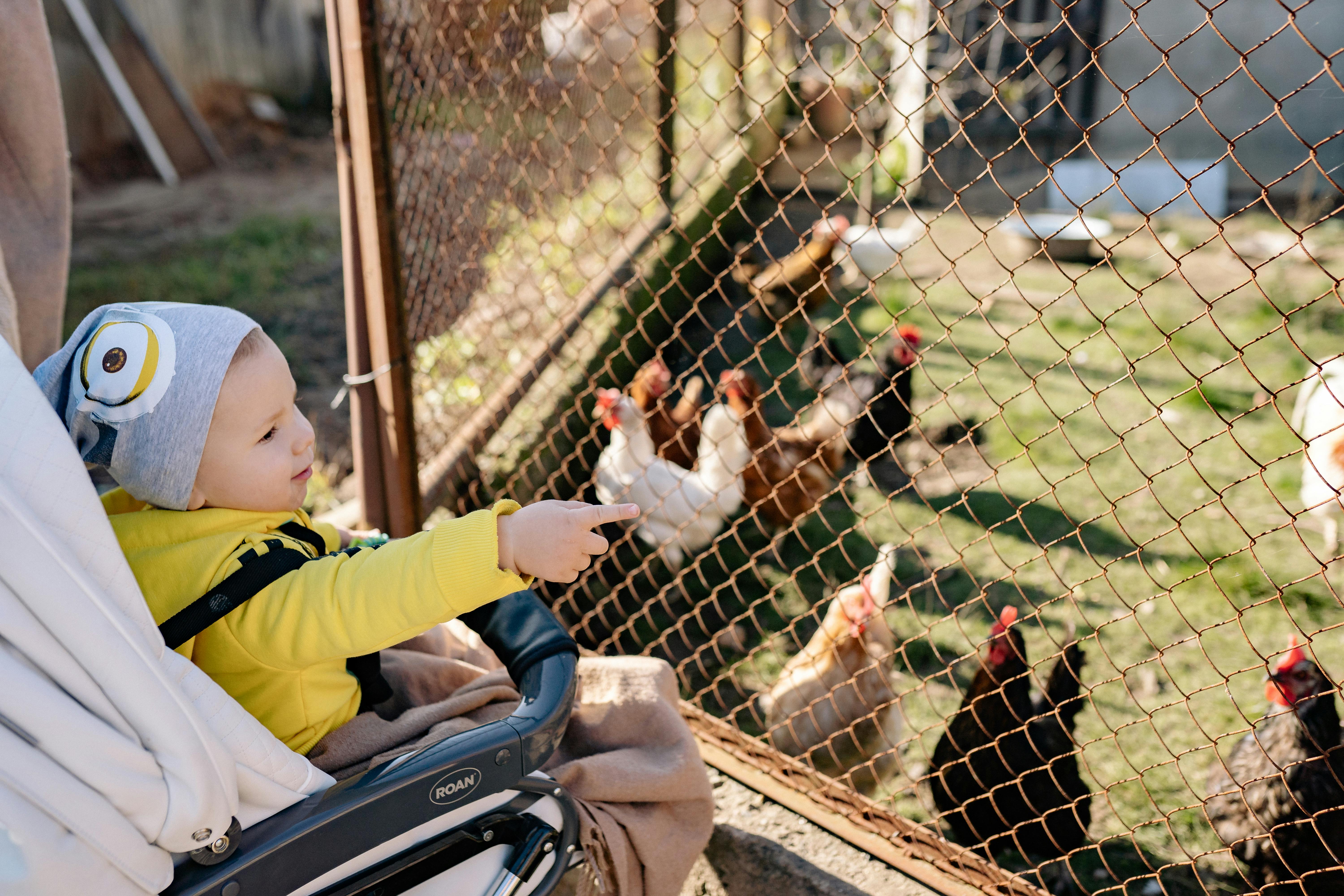Trade and Bridging Cultures
Early Trade
The modern landscape of food wouldn’t exist if it wasn’t for early settlers and travellers who ventured into unknown regions to bring home the unique foods and ingredients they held. The most notable example is when Christopher Columbus sailed to what he was expecting to be Asia and ended up “discovering” what is now North America. Because of this
“American plants and animals, rather than Asian spices, were brought to Europe: the tomato, chilli peppers, maize, chocolate, squashes, and potatoes, as well as turkeys” (Freedman, p.46).
In the hundreds of years since, dozens of plants, animals, and other ingredients have been traded across the world as it becomes more interconnected.
Cookbooks
Cookbooks are also an interesting way cultures have exchanged and traded food with one another. They show step by step instructions on how these foods are prepared, what goes into them, and sometimes even include stories and anecdotes related to the food itself. One example is the 1895 Pak-Pranali, a book of recipes from the monthly journal of the same name by Bipradas Mukhopadhyay that
“Not only attempted to teach culinary skills to women, it also encouraged them to learn new cooking methods that would enable them to save money by trying out tasty and sophisticated recipes at home”(Banerjee-Dube, p. 105).
This example shows one of the main reasons people share recipes with others, to not only engage the audience but to educate them on the techniques and methods to recreate these recipes for themselves. The people who make these cookbooks want people to try them out and share their experiences doing so, and that can be further shared to more people which thus expands this connection further.
Global Brands
Another notable way that food and food cultures have been shared across the globe is through global brands such as McDonald’s. In practically every country across the globe McDonald’s has opened up one of their signature restaurants, where both restaurant and corporate employees work to not only introduce the traditional American burger, but to also incorporate local tastes into their products to entice people to try them.
“For instance, beer is served in French branches, while in the United States, only non-alcoholic beverages are available. And in France again, as well as in Belgium and Holland, McDonald’s fries are served with mayonnaise on the side, while in the United States ketchup reigns supreme”(Poulain, p.10).
There are many other examples of the American brand adapting to local cultures, and the reason for it is to invite people who wouldn’t have normally tried their food with that sense of familiarity. It’s a tactic that has proven to work, and the different types of McDonald’s foods around the globe has also offered an unexpected effect of attracting people outside of those cultures to come and try the things these branches offer.
